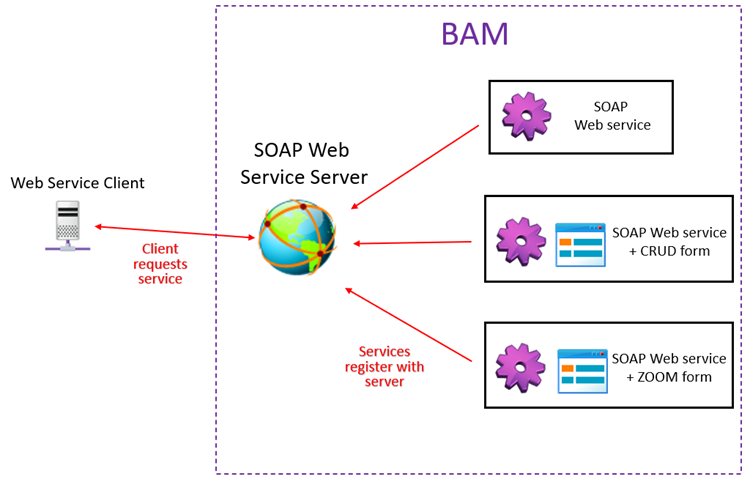Blog
- Details
- Written by R. Elizondo
- Category: Web Servers
So far Google is encouraging all web sites to be served over HTTPS, and if you also use HTTP2 protocol, you will increase your site's security and at the same time fast page loading which will translate in better page ranking. If you are using Nginx web server, which i strongly recommend, just follow these simple steps to get up and running in HTTP2.
Install Nginx
Ensure that Nginx is installed on your server. The process for installing Nginx may vary depending on your operating system. Here's an example command for installing Nginx on Ubuntu
sudo apt-get update
sudo apt-get install nginx
Configure SSL
HTTP/2 requires the use of SSL/TLS encryption. So, you need to configure SSL for your Nginx server. Obtain an SSL certificate from a trusted certificate authority (CA) or use a self-signed certificate for testing purposes. You will need the certificate file and private key.
Create a new Nginx server block or modify the existing one to include the SSL configuration. Open the Nginx configuration file (nginx.conf or a file in the /etc/nginx/conf.d/ directory) and add or modify the following lines:
server {
listen 443 ssl http2;
server_name your_domain.com;
ssl_certificate /path/to/your_certificate.crt;
ssl_certificate_key /path/to/your_private_key.key;
# Other SSL configuration options
# Other server configuration directives
}
Ensure that you replace your_domain.com, /path/to/your_certificate.crt, and /path/to/your_private_key.key with the appropriate values for your setup.
Enable HTTP/2
To enable HTTP/2, you need to add the http2 parameter to the listen directive in the Nginx server block. As shown in the previous step, the line listen 443 ssl http2; specifies that the server should listen on port 443 using SSL and enable HTTP/2.
Configure Additional Nginx Settings: You can further customize your Nginx configuration to optimize it for HTTP/2. Some recommended settings include:
- Details
- Written by R. Elizondo
- Category: PHP Software Development
SOAP is a protocol for exchanging structured information between web services using XML, while WSDL is an XML format that describes the interface and functionality of a web service. To implement SOAP (Simple Object Access Protocol) and WSDL (Web Services Description Language) in PHP, you may follow this simple steps:

Step 1: Set up your development environment
Ensure you have a working PHP installation on your system. You may also need to enable the SOAP extension in your PHP configuration. You can check if the SOAP extension is enabled by creating a PHP file with the following code and accessing it via a web browser:
<?php
phpinfo();
?>
Step 2: Create the WSDL file
Write the WSDL file that describes your web service. This file will define the operations, input parameters, and output parameters of your service. You can use an XML editor or a plain text editor to create the WSDL file. Save it with a .wsdl extension.
- Details
- Written by R. Elizondo
- Category: Symfony Framework
To generate a WSDL file in Symfony using the NelmioApiDocBundle, you can follow these steps:
Step 1: Install the NelmioApiDocBundle
Ensure you have the NelmioApiDocBundle installed in your Symfony project. If not, you can install it using Composer:
$ composer require nelmio/api-doc-bundle
Step 2: Configure the Bundle
Open the config/bundles.php file and add the following line to enable the NelmioApiDocBundle:
Nelmio\ApiDocBundle\NelmioApiDocBundle::class => ['all' => true],
Read more: How to generate WSDL file in Symfony with NelmioApiDocBundle
- Details
- Written by R. Elizondo
- Category: PHP Software Development
To implement a SOAP client in PHP, you can follow these easy steps:
Step 1: Create a new PHP file
Create a new PHP file for your SOAP client implementation. You can name it something like soap_client.php.
Step 2: Define the SOAP endpoint and parameters
Define the SOAP endpoint URL and the necessary parameters for the SOAP request. This includes the SOAP action, input parameters, and any authentication details required by the SOAP server.
$soapEndpoint = 'http://example.com/soap-endpoint';
$soapAction = 'http://example.com/soap-action';
$param1 = 'Value1';
$param2 = 'Value2';
Replace the endpoint URL, action, and parameter values with your specific SOAP details.
Step 3: Create the SOAP request XML
Create the SOAP request XML payload using the SOAP Envelope, Body, and parameter values. You can use PHP's heredoc syntax to create the XML structure easily.
$requestXml = <<<XML
<?xml version="1.0" encoding="UTF-8"?>
<soapenv:Envelope xmlns:soapenv="http://schemas.xmlsoap.org/soap/envelope/" xmlns:exa="http://example.com/namespace">
<soapenv:Header/>
<soapenv:Body>
<exa:SomeOperation>
<exa:Param1>{$param1}</exa:Param1>
<exa:Param2>{$param2}</exa:Param2>
</exa:SomeOperation>
</soapenv:Body>
</soapenv:Envelope>
XML;
Replace the namespace (http://example.com/namespace) and parameter placeholders ({$param1}, {$param2}) with your actual values.
Page 35 of 42

